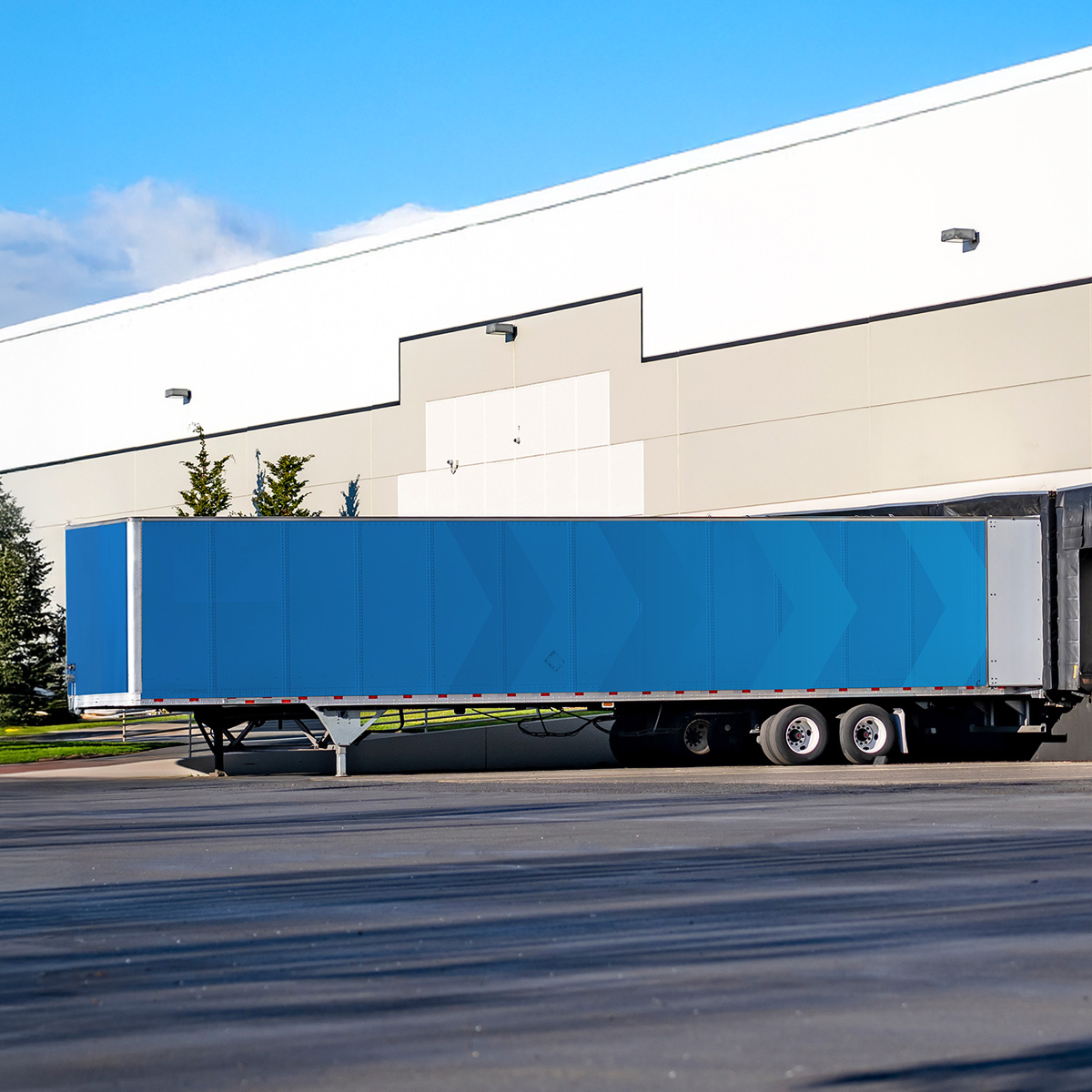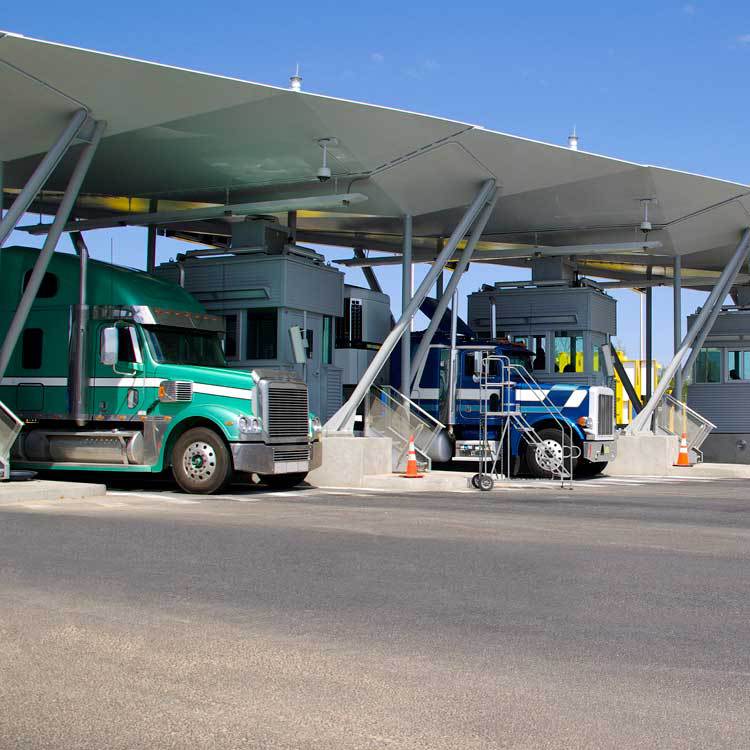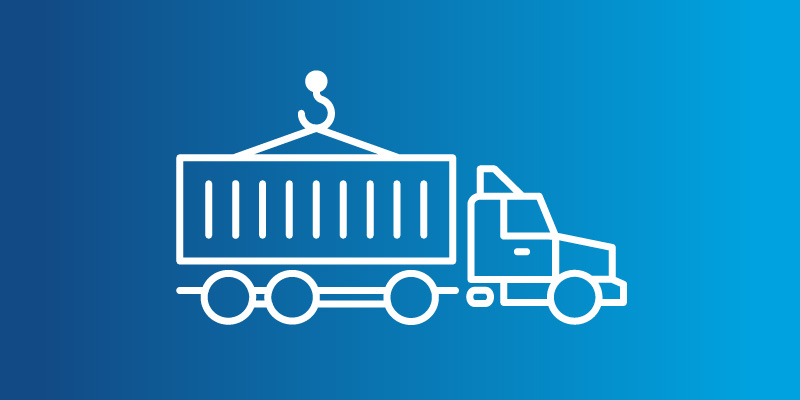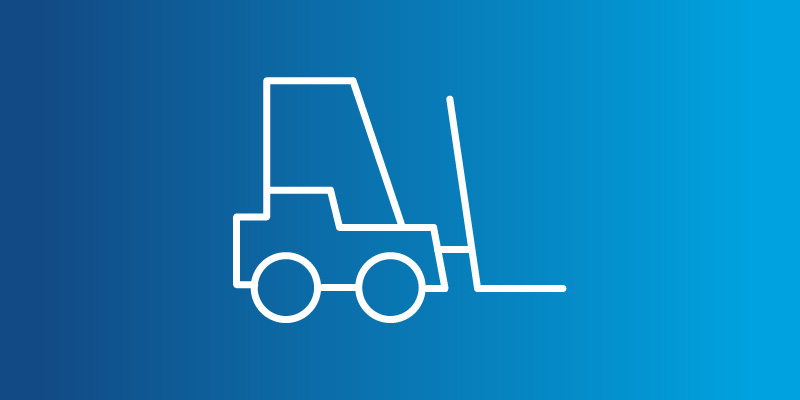优质北美整车运输服务,助您強化供应链

可靠的整车货运能力
访问北美最大的整车货运网络,充满信心地驾驭分散的市场。我们运送的整车运输 (FTL) 货物比世界上任何其他公司都多。

C.H. Robinson Drop Trailer Plus™
作为北美第四大出租甩挂提供商,我们通过一整套基于资产的解决方案,帮助托运人最大限度地提高绩效。从我们的托管和品牌车队,到联合品牌拖车,以及通过可靠战略运输公司关系提供的拖车设备,我们调整资产战略,以最大限度地满足您的独特货运需求。
获得代理的规模和灵活性,同时拥有资产型运输公司的控制和可视性。
满足各种要求的设备选择
箱式拖车
利用我们的箱式拖车运力网保护您的材料和产品,避开会造成损坏的因素,为货运再添一层安全性。
干货车
将分散的整车运输市场整合为简化的解决方案,即使出现意外问题也能有效应对。
侧卸式拖车 (Tautliner/Curtain Side Trailer)
侧卸式拖车有助于灵活装货,并可针对意外天气提供妥善保护,确保跨境运输的货物能按时足量送达。
更高层次的整车运输服务
快捷/团队
选择车队或快捷货运,以便在维持具有竞争力的价格的前提下,确保更快地运送交期紧迫的整车货物。
专业服务
从危险品 (HAZMAT) 到车头租赁服务 (power-only),C.H. Robinson 都能满足您最特殊的整车货运需求。
C.H. Robinson 的整车货运服务为何与众不同

需要跨境运送产品?
与跨境物流领域的领导者 C.H. Robinson 合作,充分释放您北美供应链的潜力。利用我们每年管理 200 多万次跨境货运的专家、丰富的经验和本地支持,尽享众多优势。



帮助 STIHL 快速应对各类局面
我们全天候提供贴心服务,即便客户需要在短时间内向遭受风暴袭击的高海拔山区运送货物,也不用担心。
获取最新资讯,掌控竞争先机。
C.H. Robinson Edge 提供关于最新动态、未来趋势及应对措施的专家建议。凭借市场领导者无与伦比的专业知识和数据所提供的领先货运市场洞察力,您可以在当今瞬息万变的世界经济中保持领先地位——供应链可以决定企业的成败。
助您提升运输策略的相关服务



让我们将您的整车货物运至所需目的地
常见问题
Q: 整车运输 (FTL) 是否比零担运输 (LTL) 贵?
是的。整车运输 (FTL) 的总成本通常要高于零担运输 (LTL),因为整车运输需要为独家使用整辆卡车支付费用(无论卡车装载量如何)。
相比之下,零担运输对于小批量货物而言通常要更加便宜,因为您会与其他托运人共用拖车舱位并分摊成本。不过,如果您的货物足以装满一整辆拖车,那么整车运输的单位成本要更具性价比,并且可以提供更快的直达运输服务(即无需多次中途停靠),而对于有限的货运量来说,零担运输仍然是更经济实惠的选择。
Q: 哪些货物会被视为整车货运货物?
当货物足够大,可以占据标准 48–53 英尺拖车的大部分或全部时,货物被视为整车运输。实际上,这通常意味着大约或超过 10,000 磅的货物,或超过拖车容量大约一半的货物。
例如,53 英尺长的厢式货车大约可装载 24 至 30 个标准托盘(单层码放)或最多约 43,000 磅货物。接近这些限额的货物即可视为整车运输货物。简而言之,如果您的货物不太能与其他货物共用舱位,而且几乎可以单独装满一辆拖车,即可将其视为整车运输货物。
Q: 多少个托盘被视为整车运输?
在 53 英尺长的拖车中,标准整车运输可装载约 26 个单层码放的托盘(如果能双层码放且重量允许,则最多可装载约 52 个托盘)。一般来说,如果您的货物超过 10–12 个托盘,则通常会被视为整车运输,而不会被视为零担运输。
许多托运人将 12 个托盘(或约 15,000 磅)作为经验法则,认为只要超过这一标准,使用整车运输往往就是最高效的运输选择。总而言之,虽然整车运输最多可装载约 24–30 个托盘(具体取决于货物配置方式),但通常只要货物超过约 12 个托盘,就将以整车运输货物处理。
Q: 整车运输公司有哪两种主要类型?
整车运输承运商主要有两类,即受雇承运商和合同承运商。受雇承运商也称为公共承运商,他们向社会大众提供卡车运输服务,可为任何托运人承运货物(通常按公布的价格或市场价格收费)。而合同承运商则通过协议专门为特定托运人提供运力——他们根据合同条款专门为这些客户承运货物,价格和服务承诺通常由双方协商确定。对于托运人而言,这表示您既可以选择受雇承运商(按单次货物运输需求,从可选卡车运输公司中任意挑选合作方),也可以与合同承运商合作,委托其长期承运货物。
货运代理和第三方物流供应商 (3PL) 的重要优势在于,他们可根据您的需求,帮助您雇用上述任意一种类型的承运商,或同时雇用两种类型的承运商,从而为您提供更广泛的运力选择,以满足您的货运需求。
Q: 承运商如何为卡车获取货源?
对于寻找货源的承运商(卡车车主或运营商)来说,为卡车“获取货源”的主要途径包括以下这几种:
- 使用货运信息板
- 与货运经纪人合作
- 与托运人直接签订合同
货运信息板是一个在线市场,托运人可以在此发布要运输的货物,而承运商可以竞标或直接承接。货运信息板能在卡车与需要运输的货物之间进行高效对接。许多自营车主也会通过与货运代理或第三方物流公司 (3PL) 合作来寻找货源。货运代理在托运人和承运商之间充当中介,根据路线和设备情况为卡车匹配合适的货源。最后,与托运人(或专用合同)建立直接合作关系可以为承运商提供稳定的私人货源。
如果您是托运人,并且正在为自己的货物寻找卡车,那基本上只要反向操作即可:您可以在货运信息板上发布货物运输需求,或是与拥有庞大承运商网络的货运代理/第三方物流公司合作。这样做能确保有可靠的卡车承运您的货物,让您无需一家家搜索过去。
总之,承运商通过货运信息板、货运代理或签订合同的方式寻找货源,而托运人则通过相同渠道寻找卡车(在 C.H. Robinson 等第三方物流公司的协助下,这一过程将变得轻松许多)。


